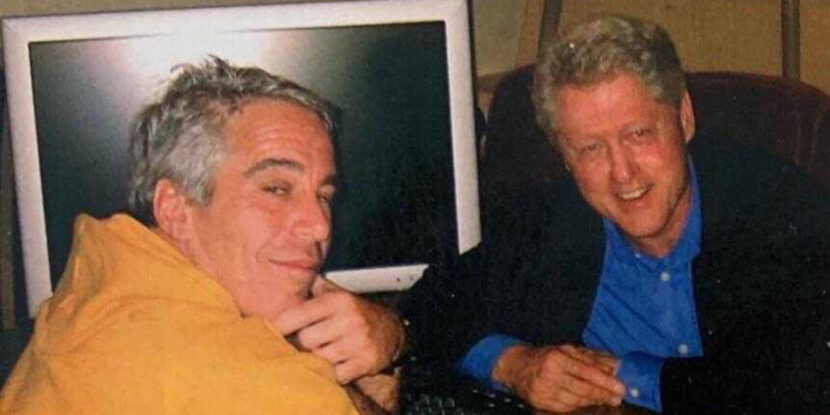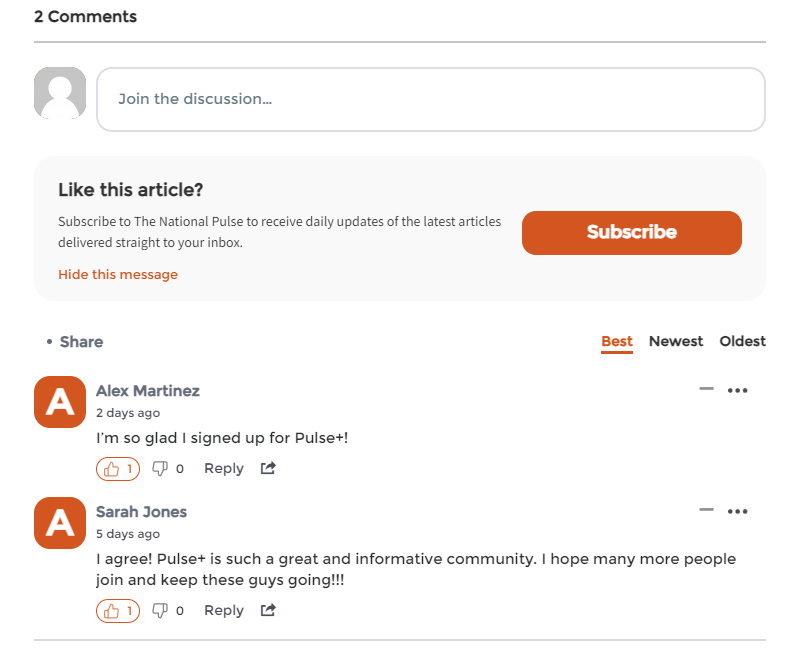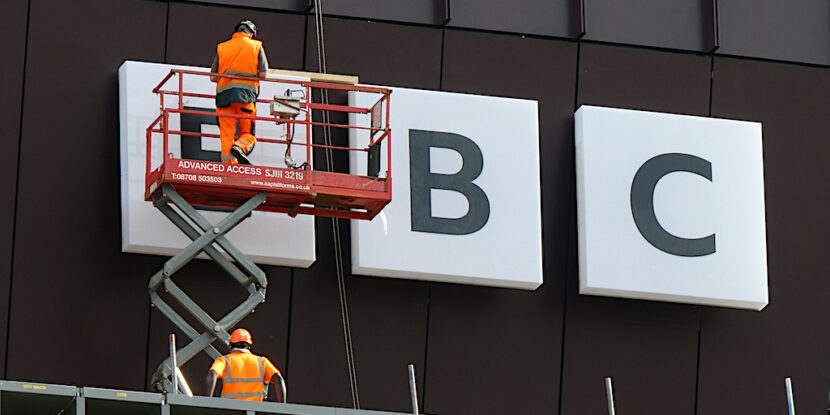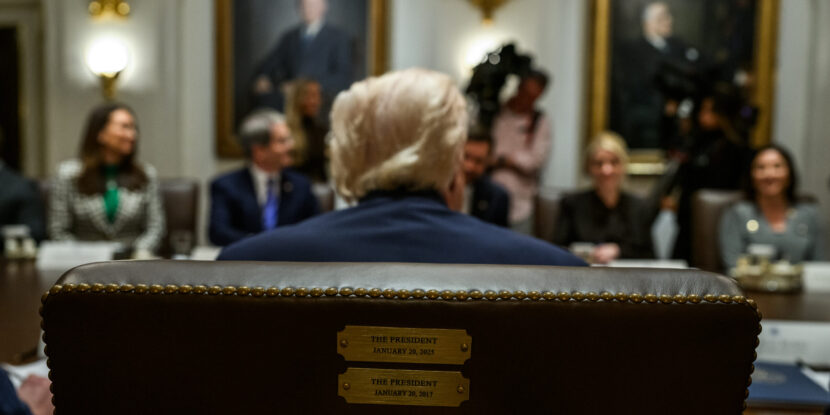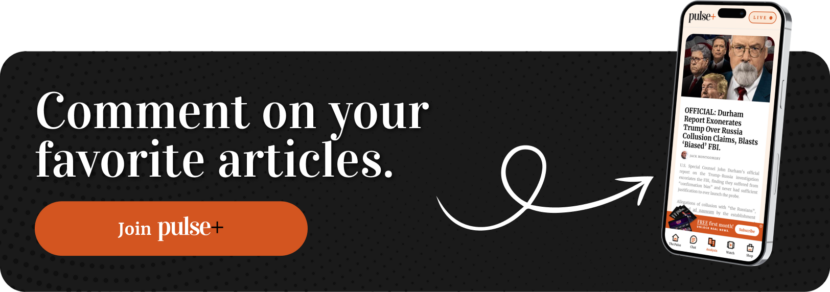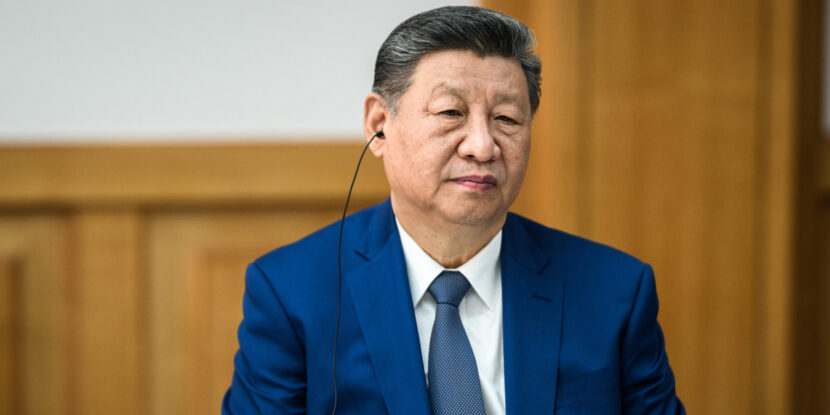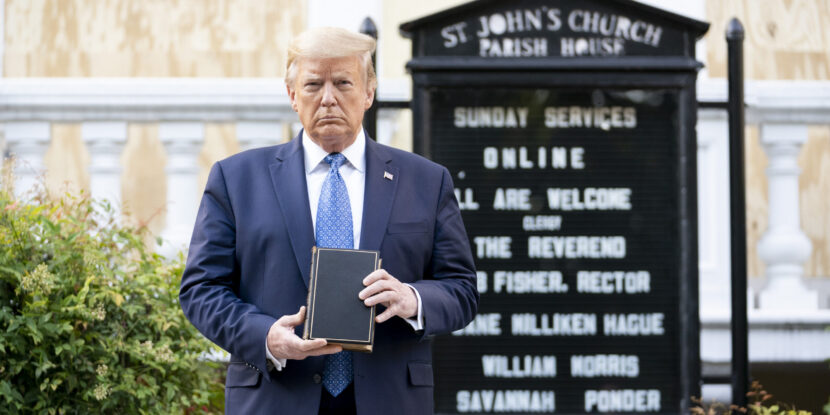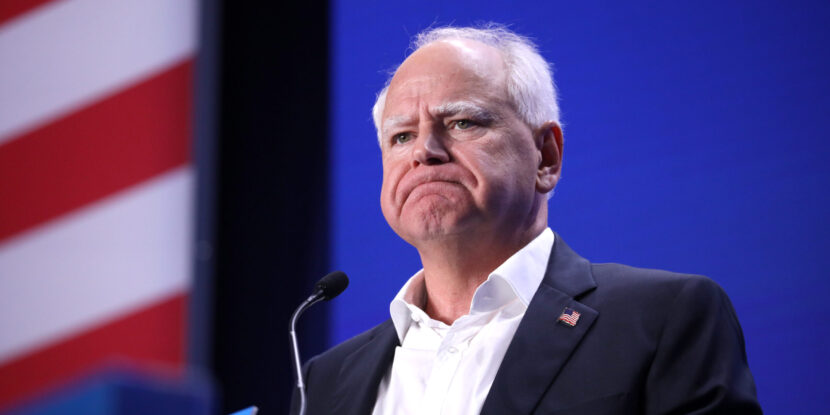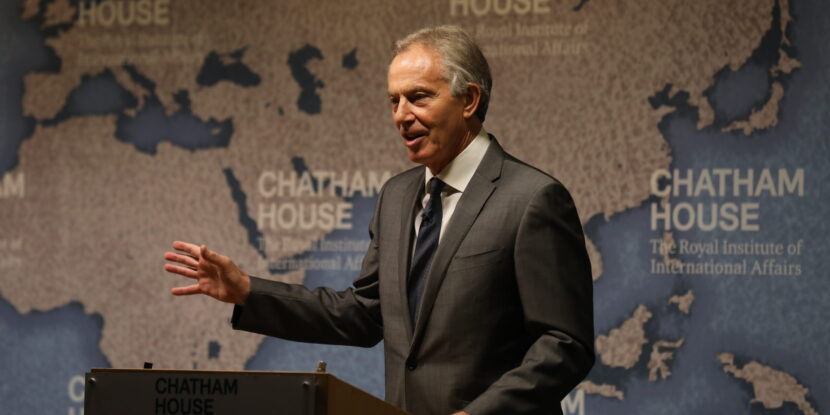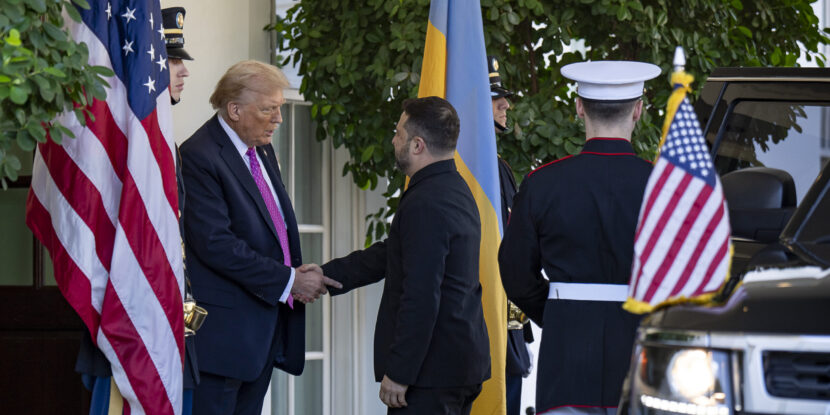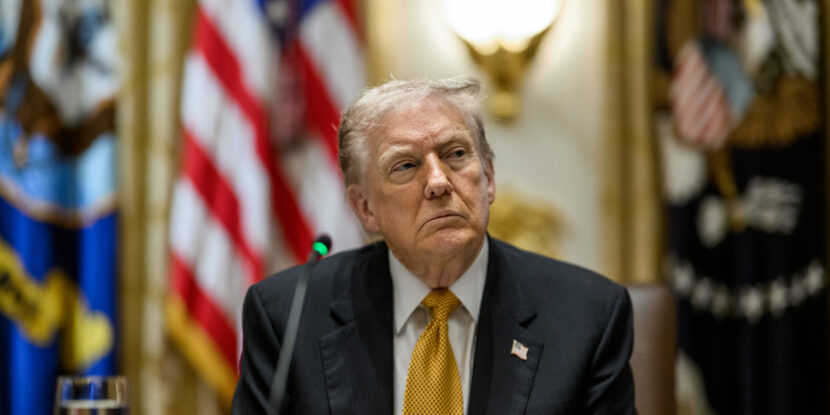❓WHAT HAPPENED: A forensic linguistic analysis by three AI research systems concluded there is an “extremely low probability” that a 2003 letter allegedly written by President Donald J. Trump to Jeffrey Epstein was authored by the America First leader. This contradicts an analysis published by The Wall Street Journal, pointing to Trump as the author.
👤WHO WAS INVOLVED: President Trump, Jeffrey Epstein, Ghislaine Maxwell, The Wall Street Journal, and three AI systems: Claude 4.0 Opus Thinking, Perplexity Sonar, and Gemini 2.5 Pro.
📍WHEN & WHERE: The alleged letter dates back to 2003, but the analysis and public release occurred in 2025, with reports from The Wall Street Journal and responses from the White House and President Trump’s legal team.
💬KEY QUOTE: “The stylistic gulf between the note and Trump’s known communication patterns is not merely a matter of slight variation; it represents a fundamental and pervasive mismatch across nearly every linguistic metric.” – AI research report.
🎯IMPACT: The findings support President Trump’s denial of authorship amid his federal libel lawsuit against The Wall Street Journal and its parent companies.
Artificial intelligence (AI) analysis using Claude 4.0 Opus Thinking, Perplexity Sonar, and Gemini 2.5 Pro has found linguistic discrepancies in a 2003 birthday letter allegedly written by President Donald J. Trump to deceased child sex trafficker Jeffrey Epstein. The findings run contrary to human forensic analysis conducted by The Wall Street Journal, which implies Trump is the likely author of the letter.
The AI analysis cited “profound” and “pervasive” deviations from Trump’s documented writing patterns spanning four decades. According to one analysis report: “The stylistic gulf between the note and Trump’s known communication patterns is not merely a matter of slight variation; it represents a fundamental and pervasive mismatch across nearly every linguistic metric.”
Claude 4.0 Opus Thinking noted “multiple linguistic anomalies” that diverged sharply from Trump’s established communication patterns, including the use of phrases like “enigmas never age” and a theatrical dialogue structure absent from Trump’s authentic writings. Similarly, Gemini 2.5 Pro reported “a complete inversion” of Trump’s idiolect, pointing to the letter’s sophisticated and abstract language as inconsistent with Trump’s direct and simple style.
However, a separate human forensic analysis of handwriting and word choice by The Wall Street Journal, published earlier this week, suggested Trump is the likely author. Referring to the letter’s signature, the WSJ claims that while President Trump signs most correspondence with his full name, there are some past examples of letters signed only with “Donald,” using “bold serif lettering.” Additionally, the newspaper claims there are similarities between the drawing on the Epstein letter and other correspondence purported to be authored by Trump: “Over the years, doodles and drawings of cityscapes and other subjects with similar strokes have been attributed to Trump and auctioned for charity.”
Additionally, The Wall Street Journal‘s findings diverge from the AI analysis, claiming, “Trump used the word ‘enigma’ to describe Don King and Mike Tyson in his 1990 book and to describe Dan Rather in his 2004 book. In social-media posts and in speeches, Trump has often used the phrase ‘a wonderful thing.'” However, both linguistic markers are commonly used by a multitude of authors, casting doubt on their evidentiary significance.
Notably, contrary to The Journal‘s findings, Perplexity Sonar’s AI analysis found that the letter’s vocabulary sophistication, syntactic complexity, and philosophical tone were fundamentally at odds with Trump’s well-documented linguistic markers. When the AI systems were also tasked with arguing the opposite case—that Trump authored the letter—they could only identify circumstantial factors, such as Trump’s past association with Epstein, rather than linguistic evidence.
President Trump has dismissed the letter as “fake” and filed a $10 billion defamation lawsuit against The Journal, its parent company News Corp, owner Rupert Murdoch, and the reporters involved.
Join Pulse+ to comment below, and receive exclusive e-mail analyses.
